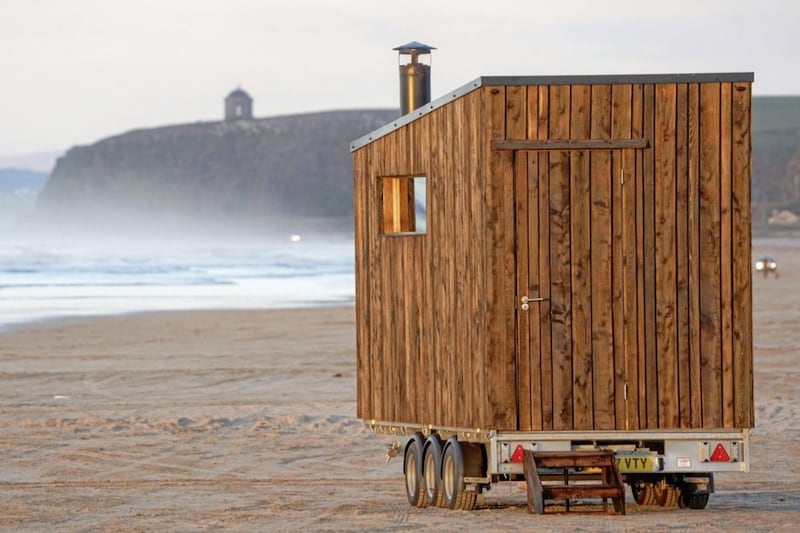September arrived and the sky didn’t fall in. As per usual, we quickly get accustomed to summer’s passing and instead focus on living in the autumnal moment.
Easing into a new season is made all the more appealing by the fact that it’s the time of year when the plant that is arguably my all time favourite looks its best.
Rudbeckia ‘Goldsturm’ is relatively common and features in many late summer displays, whether it’s in the borders of world famous gardens such as RHS Wisley or on a roundabout on the Newry bypass, where I spotted it last week.
Its versatility is clearly one of Goldsturm’s major selling points but the global appeal of this North American native unquestionably lies in its flowers – classic daisy shaped blooms of yellow petals with a deep chocolately-brown centre, hence the supposedly common alternative name ‘black-eyed Susan’.
This hardy, robust perennial has already been in flower for the best part of a month but, as the light changes and the air cools, Goldstrum manages to look increasingly incandescent, as if it somehow previously absorbed summer sunlight and is releasing it in early autumn to keep our spirits up.
Hailing as it does from the great prairies, its natural home is in naturalised planting schemes, among golden grasses and other tall perennials.

Goldsturm is a worthy holder of the RHS’s Award of Garden Merit (AGM), the ultimate testament to its reliability and vibrant display.
Yet it isn’t the only rudbeckia to boast an AGM. The second of three has all the best attributes of the aforementioned but fails decisively in terms of nomenclature.
If Goldsturm gives you pronunciation problems then it’s probably advisable to avoid the cumbersomely-named Rudbeckia fulgida var. deamii, seemingly a plant only those with a classical education can ask for.
Some argue that while it lacks the height of Goldsturm and its yellow petalled, brown-centred flowers are smaller, it blooms longer than its counterpart.
I’m unable to offer any opinion on this as I have never knowingly seen Rudbeckia fulgida var. deamii – though I’m starting to wonder if that was it on the roundabout at Newry last week.
The third rudbeckia to hold the AGM is R. laciniata ‘Herbstsonne’. It has the same colour scheme as the previous two but the petals are bigger and droop rather than spreading horizontally. Herbstonne is taller again than Goldsturm, reaching up to 2 metres. It flowers from from July to September and is again best suited to prairie planting but will work as a statement plant in any garden if given sufficient room.
These three rudbeckia will all flourish in a good sunny spot that enables them to grow upright. They’ll benefit from fertile soil and being kept weed free, while emerging spring foliage is susceptible to slug and snail attack, otherwise they are generally low maintenance.
If you’re after rudbeckia flowers with even greater impact then it may be necessary to experiment with annual varieties, where there is a broader range of styles and colour, including orange, dark red or brown.
‘Cappuccino’ boasts huge orange-red flowers and looks more like a helenium. Other interesting varieties whose appeal is a little more subtle include ‘Irish Eyes’ and ‘Prairie Sun’, both with green cones in the centre of their yellow petals.








